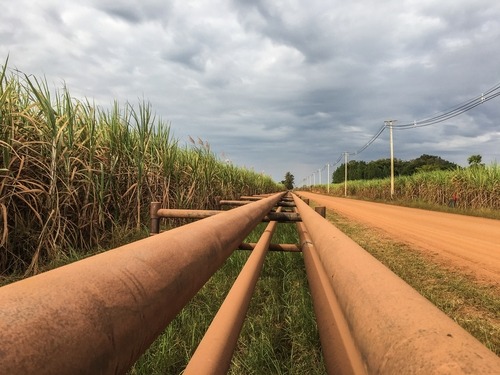Federal pipeline regulations expands to include more than 425,000 miles of onshore gas gathering lines

Federal oversight of gas pipelines expanded this week, with the issuance of a final rule from the United States Department of Transportation’s Pipeline and Hazardous Materials Safety Administration (PHMSA) that enforces management of all onshore gas gathering pipelines.
For the first time, this will require pipeline operators to report safety information on all gas gathering lines, an expansive oversight addition of more than 425,000 miles of lines. Until now, gas gathering lines — lower pressure, lower risk lines generally used to transport natural gas from production facilities to interstate gas transmission pipelines — have gone unregulated.
“After years in development, these new regulations represent a major step to enhance and modernize pipeline safety and environmental standards” U.S. Transportation Secretary Pete Buttigieg said. “This rule will improve safety, reduce greenhouse gas emissions, and result in more jobs for pipeline workers that are needed to help upgrade the safety and operations of these lines.”
The operating definition of a regulated gas gathering pipeline was, until now, more than 50 years old. Even the initiation of this rule began more than a decade ago. The department has argued that the increase of hydraulic fracturing, or fracking, over the last 15 years has emphasized the need for change, though, as it has increased the volume of gas extracted and transported through these lines. Incidents on these unregulated lines have led to several destructive accidents since 2010, resulting in deaths, injuries, property damage, and major emissions.
With each pipeline rupture, PHMSA estimates that more than 1,000 metric tons of methane gas are emitted on average, representing major injections of global warming potential.
Now, existing pipeline safety regulations will be rolled out to these thousands of additional miles of pipelines. Further, with the added reports from operators, the PHMSA should have more complete estimates for the greenhouse gas impacts of methane pollution.
